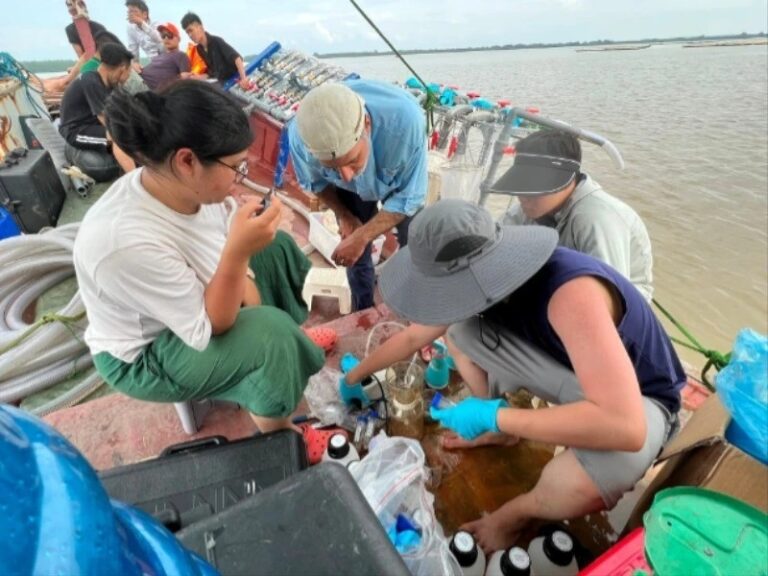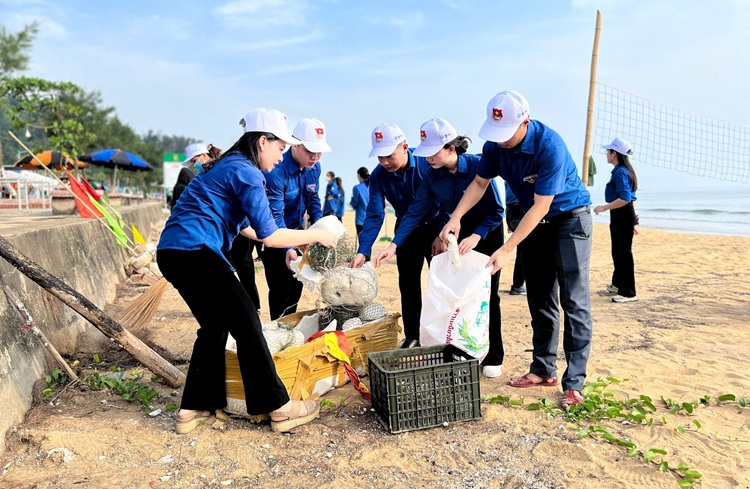The year 2010 is the International Year of the Tiger, a call for global action on tiger protection. Tiger numbers have reduced by half since the last Year of the Tiger in 1998 and this iconic species faces extinction unless stronger conservation methods are enforced with the participation of governments, NGOs, scientists and the community.
Tiger extinction risk
Tiger numbers have fallen 95 percent in the 20th century alone. The species is targeted by hunters who earn lucrative amounts selling body parts for use in traditional medicine. Habitat destruction by humans and rapid urban development are also leading threats to tiger numbers.
In 1998, there were around 5,000 to 7,000 wild tigers worldwide. Now, that figure is estimated at around 3,200. The number of sub-species has fallen from 9 to 6 in that time, meaning 3 sub-species of the tiger are already extinct.
Forests in the Mekong River Basin region are amongst the largest remaining habitats of the tiger, covering a total area of 540,000 square km. This is a priority protection area in efforts to preserve the precious Indochinese Tiger. There are only about 350 Indochinese tigers remaining in the forests of Laos, Vietnam, Cambodia, Thailand and Myanmar. A figure remarkably reduced from 1,200 animals in 1998, according to the World Wild Foundation (WWF).
Mr Nick Cox, WWF Greater Mekong’s Coordinator of Dry Forest Eco-region, said there are an estimated 30 Indochinese tigers living in Laos. Most of them are gathered in the Nam Et Phou Louey National Protected Area, a northern highland region of Laos.
International conservation efforts
A heads of state Tiger Summit will be held in Russia in September 2010, to be hosted by Russia’s Prime Minister Mr Vladimir Putin and co-chaired by the World Bank President Mr Robert Zoellick.
In preparation for the summit, a series of tiger protection conferences at different levels were held, including a conference of ministers from 13 countries home to tiger populations held in Bali, Indonesia, in July, 2010. This follows the Asian Ministerial Conference on Tiger Conservation held in Huahin, Thailand, in January 2010. Before that, at a meeting in Kathmandu, Nepal, in October 2009, experts from the tiger-range countries recommended a series of actions that will change the trajectory of tigers from extinction to recovery.
Tiger-range states include Bangladesh, Bhutan, Cambodia, China, India, Indonesia, Laos, Malaysia, Myanmar, Nepal, Russia, Thailand and Vietnam.
The ministers of the 13 countries were urged to set a target of doubling the number of wild tigers by 2022, the next Year of the Tiger, which, it is believed, will lay down the necessary foundation for the recovery of the species across its range. This plan can then be taken to the Tiger Summit this September and formally endorsed by the leaders of the 13 tiger-range states.
According to the WWF, the summit has now become the centre point for all actions during the year. The Global Tiger Initiative (GTI), a coalition of NGOs and institutions supported by the World Bank, is leading a process to engage the highest levels of government in the task to save tigers.
Hopefully, after this summit, governments will have strong and effective methods to protect tigers and double the wild population by 2020.
Tiger protection in Laos
The Mekong River Basin contains three main areas for Indochinese tigers. They are the Thailand–Myanmar border area, a dry forest region in Cambodia, and the mountain range along Laos-Vietnam border.
Being listed as one of the 13 tiger-range states is a source of pride for Laos, but if the Lao people and government do not act right now this may soon be a moot point.
The Lao government is cooperating with NGOs such as WCS and WWF to protect tigers in the country and region.
WWF concentrates on a core area for tiger protection on the Lao-Viet border in southern Laos called the ‘Greater Annamites’, while WCS focuses its conservation efforts on Nam Et Phou Louey National Protected Area.
Mr Cox said, in the frame work of Tiger double project (Tx2), WWF is carrying out education campaigns to enhance community awareness, and encourage participation by local people in the effort to conserve eco-biodiversity in areas of tiger habitat. WWF also helps the Lao government to strengthen enforcement of wildlife protection regulations in the area.
WWF has also chosen two Lao students to act as ambassadors at the Youth Summit on Tiger Conservation to be held in Russia in September this year.
As for WCS, they are working actively in Nam Et Phou Louey, which is considered a vital tiger habitat in Laos and the Indochina region.
Mr Venevongphet, Project Manager for the WCS Lao programme, said WCS’s core activities in 2010 are public education on tiger and wildlife protection, and enforcement and development of related regulations. The organisation is also planning an eco-tourism programme in Nam Et Phou Louey involving a limited number of tourists under strict supervision to raise funds for tiger protection activities.
There are currently an estimated 15-20 tigers living in good conditions in Nam Et Phou Louey, according to Mr Venevongphet.
“We have set a target, in cooperation with the Lao government, to increase the number of tigers in Nam Et Phou Louey by 15 percent by 2015. And hopefully by 2020 there will be about 70 tigers living in the total area of 12 sq km, including 25 tiger mothers,” said Mr Venevongphet.
Thanks to the endeavours of NGOs such as WWF and WCS and the support of governments, the future of the tiger looks a little brighter. However, a united effort by the community is still needed.
As Mr Cox said, it is much cheaper to act on tiger conservation now rather than later. If we do not act now, future tiger protection efforts will just become more expensive and difficult.














